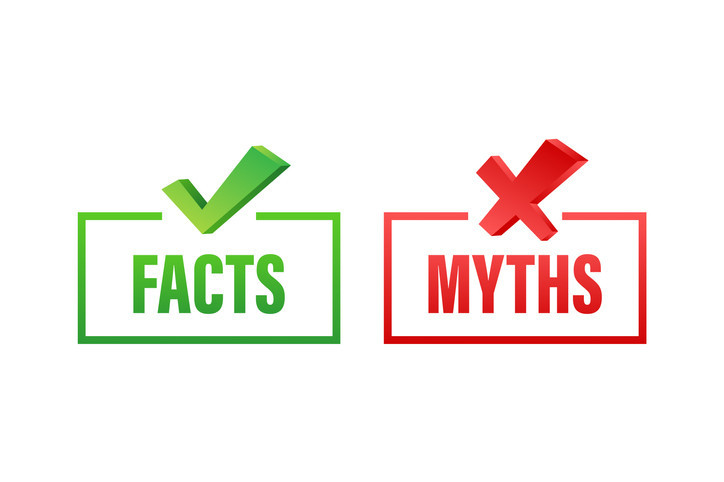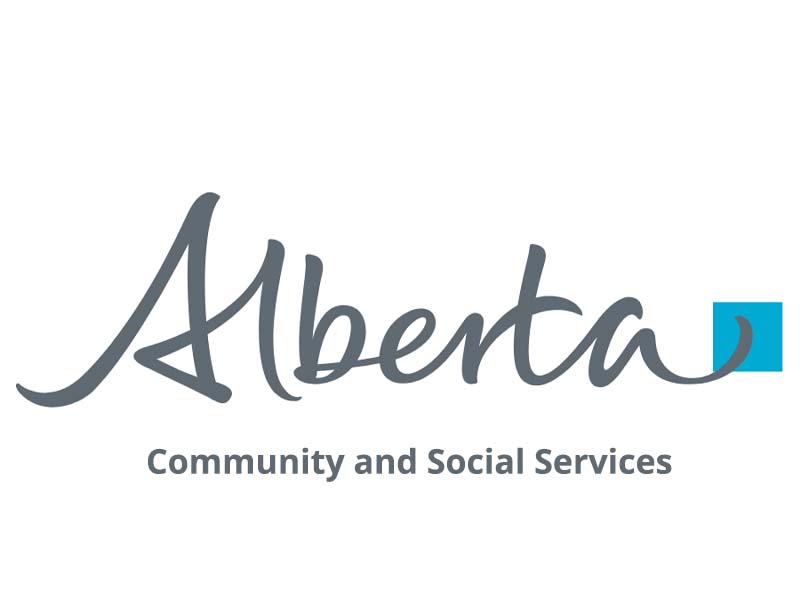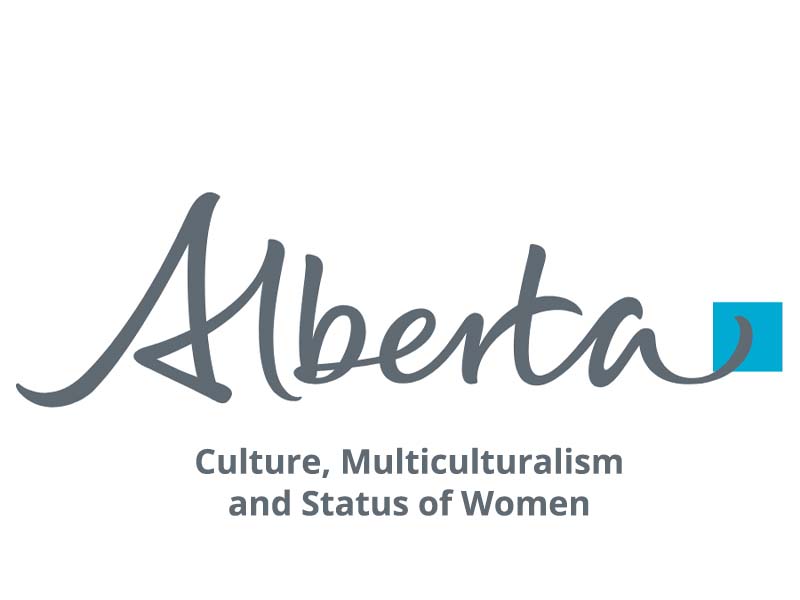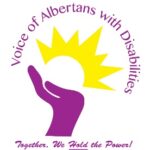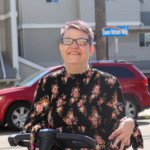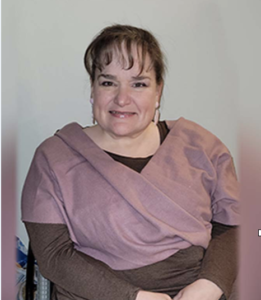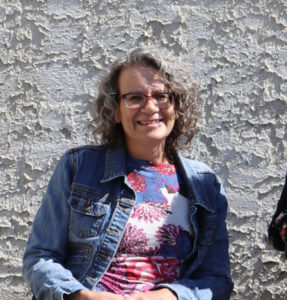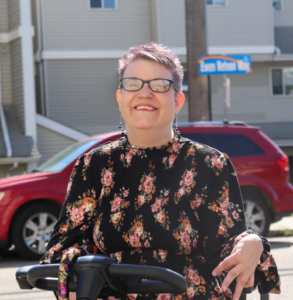Myths About Invisible Disabilities
What You Don’t See Still Matters
Not all disabilities are visible—and that can lead to misunderstanding, stigma, and barriers in everyday life. Invisible disabilities can include chronic pain, mental health conditions, cognitive disabilities, sensory sensitivities, and neurological disorders such as ADHD, autism, PTSD, fibromyalgia, and more.
At Voice of Albertans with Disabilities (VAD), we work to challenge assumptions and promote understanding. Here are a few of the most common myths—and the truths that break them down:
Myth #1: “You don’t look disabled.”
Truth: Disability doesn’t always come with visible signs. Many people with serious impairments appear outwardly “fine” but live with daily challenges like pain, fatigue, anxiety, or processing difficulties.
Myth #2: “They’re just being lazy or dramatic.”
Truth: Invisible disabilities often impact energy, attention, and the ability to function consistently. It’s not about motivation—it’s about managing a condition that others can’t see.
Myth #3: “If they need help, they should say something.”
Truth: Many people with invisible disabilities face shame, fear of judgment, or difficulty advocating for themselves—especially if their needs have been dismissed in the past.
Myth #4: “Accommodations are special treatment.”
Truth: Accommodations are about equity, not privilege. They level the playing field so everyone can access work, education, and daily life with dignity and independence.
How You Can Help:
Believe people when they share their experiences.
Avoid making assumptions based on appearance.
Use inclusive language and support universal accessibility.
Encourage safe spaces for disclosure and support—whether at work, school, or in the community.
Together, we can challenge stigma and create a more understanding and inclusive world—one myth at a time. Learn more or book a disability awareness presentation at 780-488-9088 or visit vadsociety.ca
 Become a Member
Become a Member login
login
